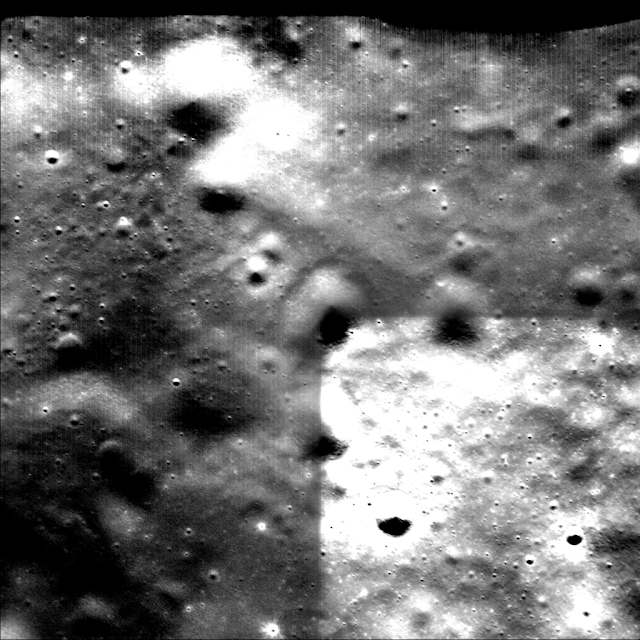Q: Subterranean lunar cities mapped as constellations based on the inhabitant's home planet should work?
Yes, mapping subterranean lunar cities as constellations based on the inhabitant's home planet could be a practical and visually appealing approach for several reasons:
Cultural Symbolism: Constellations hold significant cultural and mythological value across various civilizations. Mapping lunar cities to constellations could foster a sense of connection and belonging for the inhabitants, linking their new extraterrestrial home to their ancestral traditions.
Easy Navigation: Constellations provide a familiar and intuitive way to navigate the night sky. By mapping lunar cities to constellations, residents could easily locate and identify specific cities, making it easier to traverse the lunar landscape.
Aesthetic Appeal: Constellations are aesthetically pleasing, adding a touch of beauty and wonder to the lunar landscape. Mapping cities to constellations could enhance the overall ambiance of the lunar settlements.
Honoring Heritage: Mapping lunar cities to constellations could serve as a way to honor the heritage and origins of the inhabitants. Each constellation could represent a specific planet or region, creating a visual reminder of the inhabitants' terrestrial roots.
Educational Tool: Constellations can be used as educational tools to teach astronomy and planetary science. By mapping lunar cities to constellations, residents could learn about the constellations in the night sky while simultaneously gaining a better understanding of their lunar surroundings.
To implement this approach effectively, careful consideration should be given to the following factors:
Constellation Selection: Choose constellations that are easily recognizable and visible from the lunar surface. Prioritize constellations that have cultural significance for the inhabitants' home planets.
City Placement: Position cities within the constellation boundaries in a way that aligns with the constellation's features, such as stars, nebulae, or galaxies.
Naming Conventions: Assign names to the lunar cities that reflect the constellation they represent, maintaining a connection between the terrestrial and lunar settlements.
Visual Representation: Create clear and visually appealing representations of the lunar cities mapped to constellations. Consider using augmented reality or virtual reality technologies to enhance the experience.
Educational Resources: Develop educational materials that explain the relationship between the lunar cities and the constellations they represent, providing context and cultural understanding.
By thoughtfully implementing this approach, mapping subterranean lunar cities to constellations could create a unique and meaningful way to organize and navigate these extraterrestrial settlements, while also honoring the cultural heritage of their inhabitants and fostering a sense of connection to the cosmos. -Google Bard w/ Barley
==============================================================
==================================================================
================================================================
==================================================================
SMART-1
MISSION INSTRUMENT PRINCIPAL INVESTIGATOR(S) SMART-1 AMIE Jean-Luc Josset (Space Exploration Institute, Neuchatel, Switzerland) D-CIXS M. Grande (University of Wales, Aberystwyth, UK) SIR Uwe Keller (Max Planck Institute, Germany) SPEDE Anssi Malkki (Finnish Meteorological Institute, Helsinki, Finland) XSM Juhani Huovelin (University of Helsinki, Helsinki, Finland)
| MISSION | INSTRUMENT | PRINCIPAL INVESTIGATOR(S) |
| SMART-1 | AMIE | Jean-Luc Josset (Space Exploration Institute, Neuchatel, Switzerland) |
| D-CIXS | M. Grande (University of Wales, Aberystwyth, UK) | |
| SIR | Uwe Keller (Max Planck Institute, Germany) | |
| SPEDE | Anssi Malkki (Finnish Meteorological Institute, Helsinki, Finland) | |
| XSM | Juhani Huovelin (University of Helsinki, Helsinki, Finland) |









































No comments:
Post a Comment